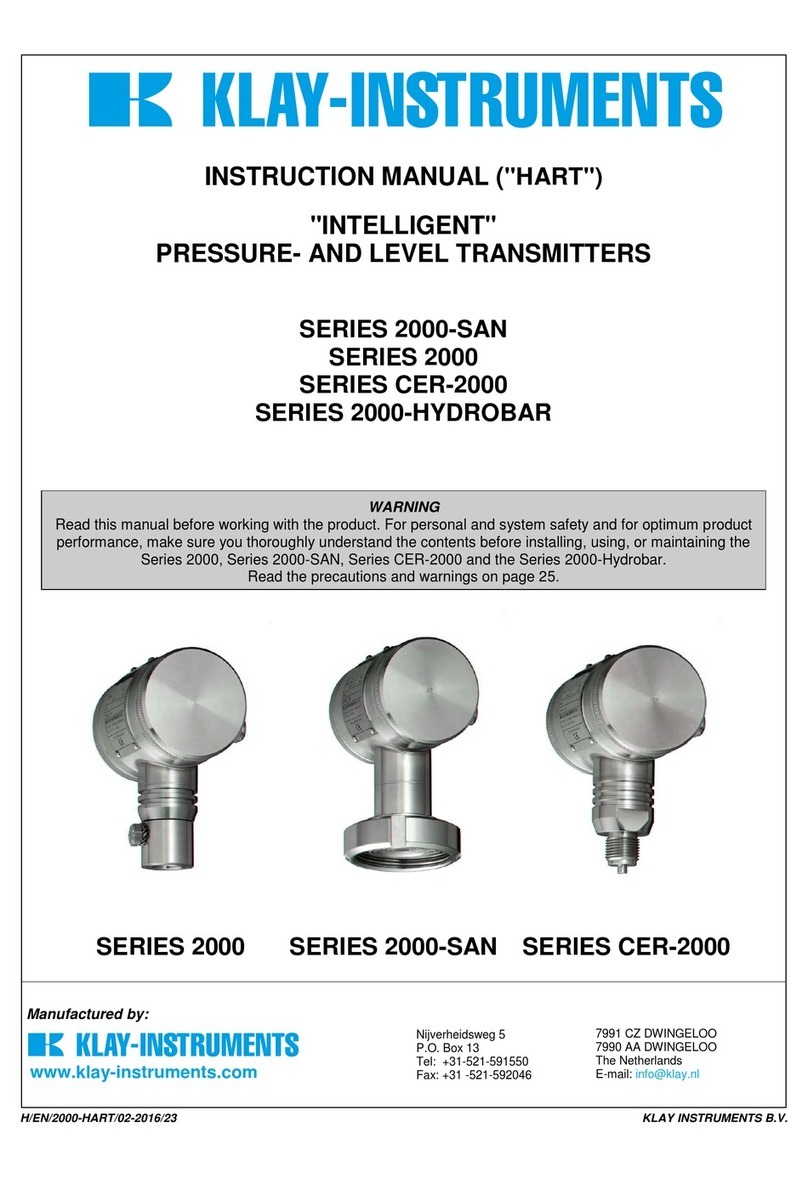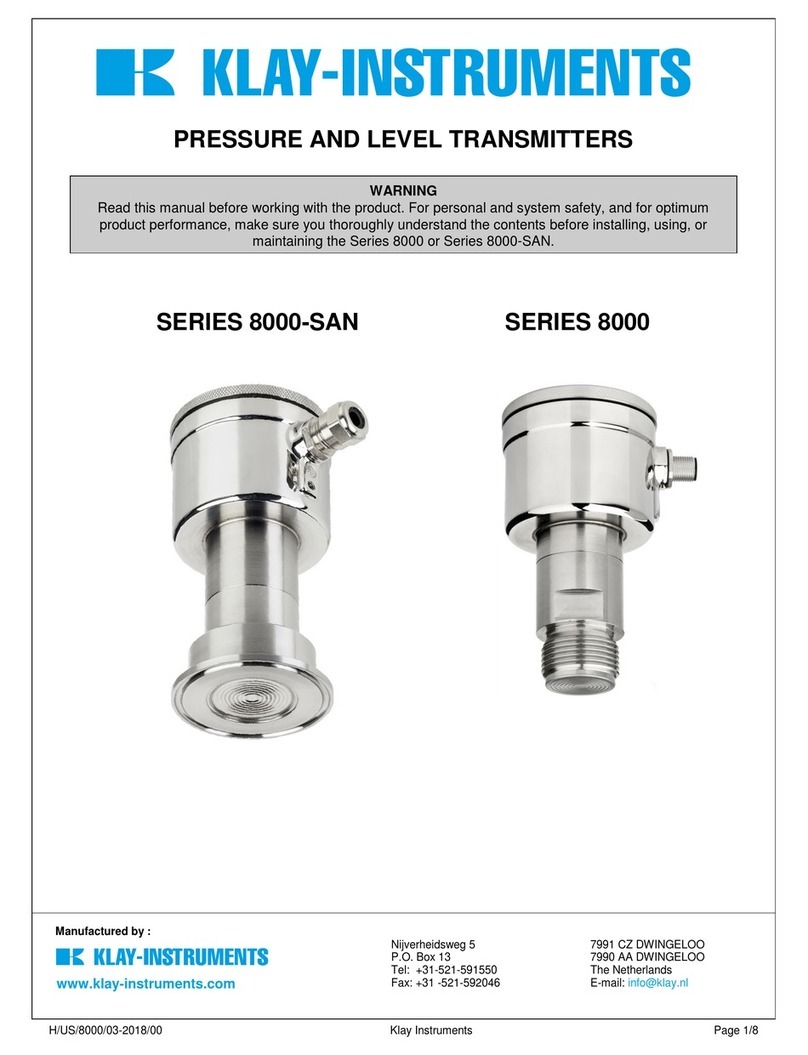KLAY-INSTRUMENTS 2000-SAN Series User guide
Other KLAY-INSTRUMENTS Transmitter manuals
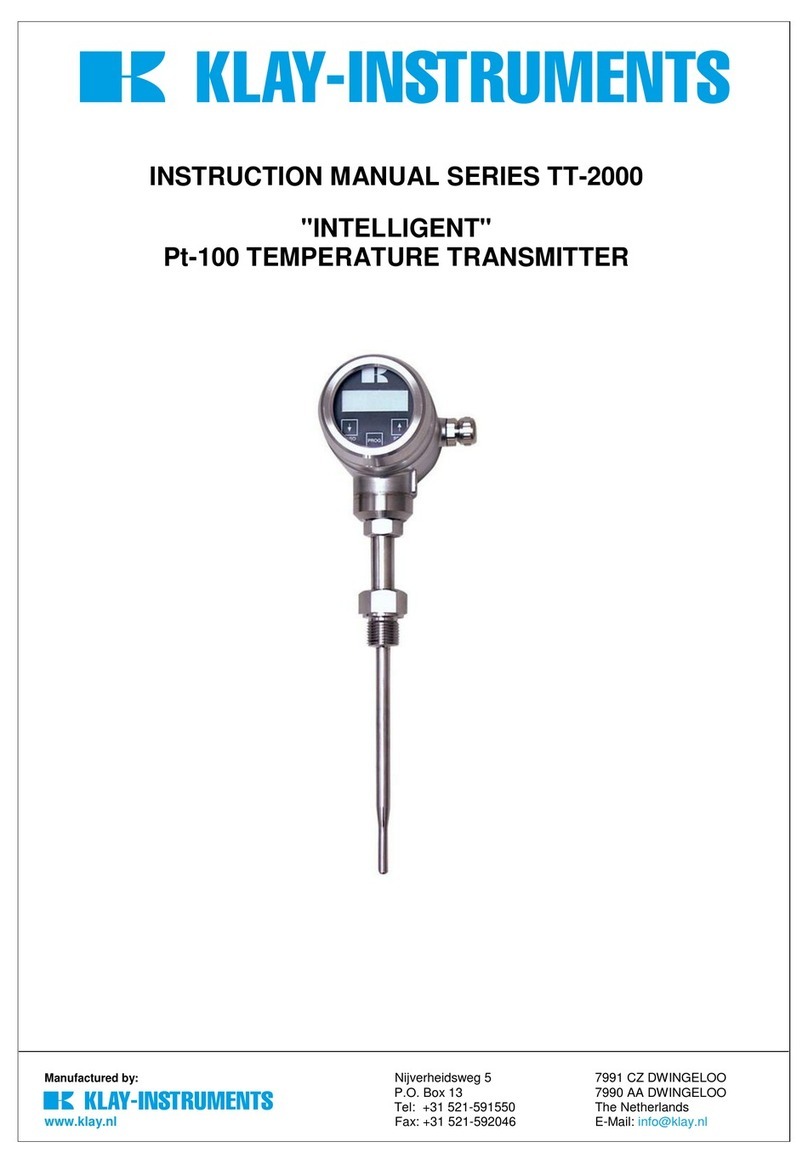
KLAY-INSTRUMENTS
KLAY-INSTRUMENTS TT-2000 Series User manual
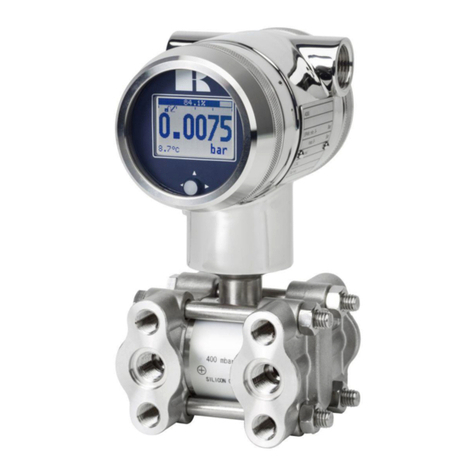
KLAY-INSTRUMENTS
KLAY-INSTRUMENTS DP-4000 Series User manual
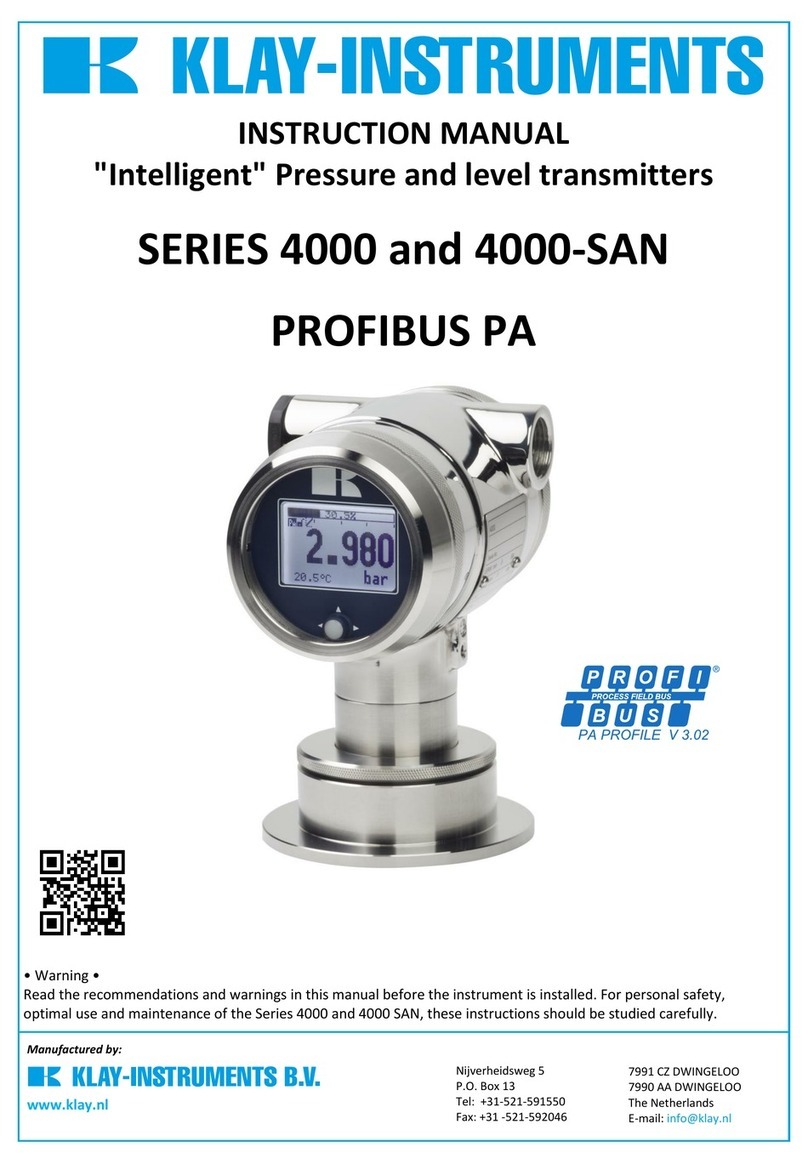
KLAY-INSTRUMENTS
KLAY-INSTRUMENTS PROFIBUS PA 4000 Series User manual

KLAY-INSTRUMENTS
KLAY-INSTRUMENTS DP-4000 Series User manual
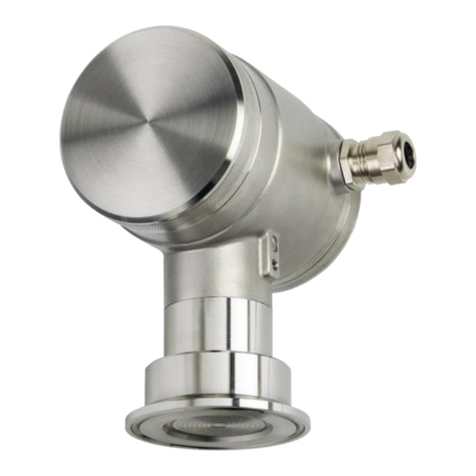
KLAY-INSTRUMENTS
KLAY-INSTRUMENTS 2000-SAN Series User manual
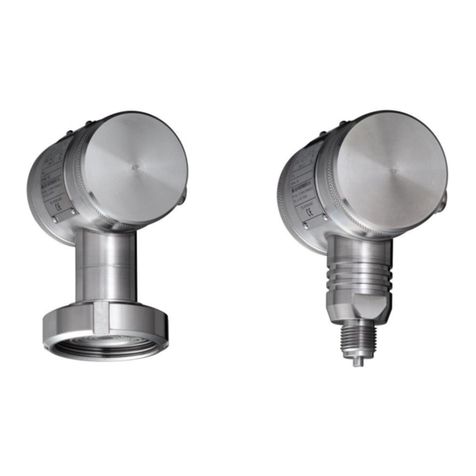
KLAY-INSTRUMENTS
KLAY-INSTRUMENTS 2000 Series User manual
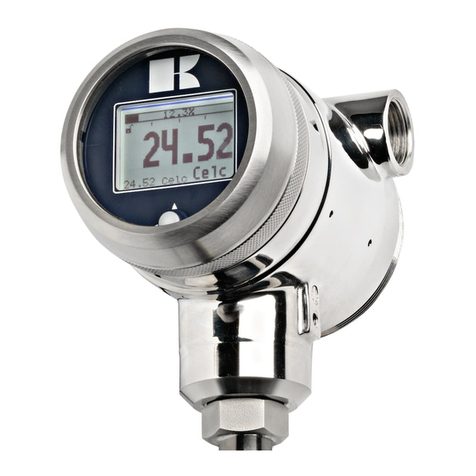
KLAY-INSTRUMENTS
KLAY-INSTRUMENTS TT4000 Series User manual
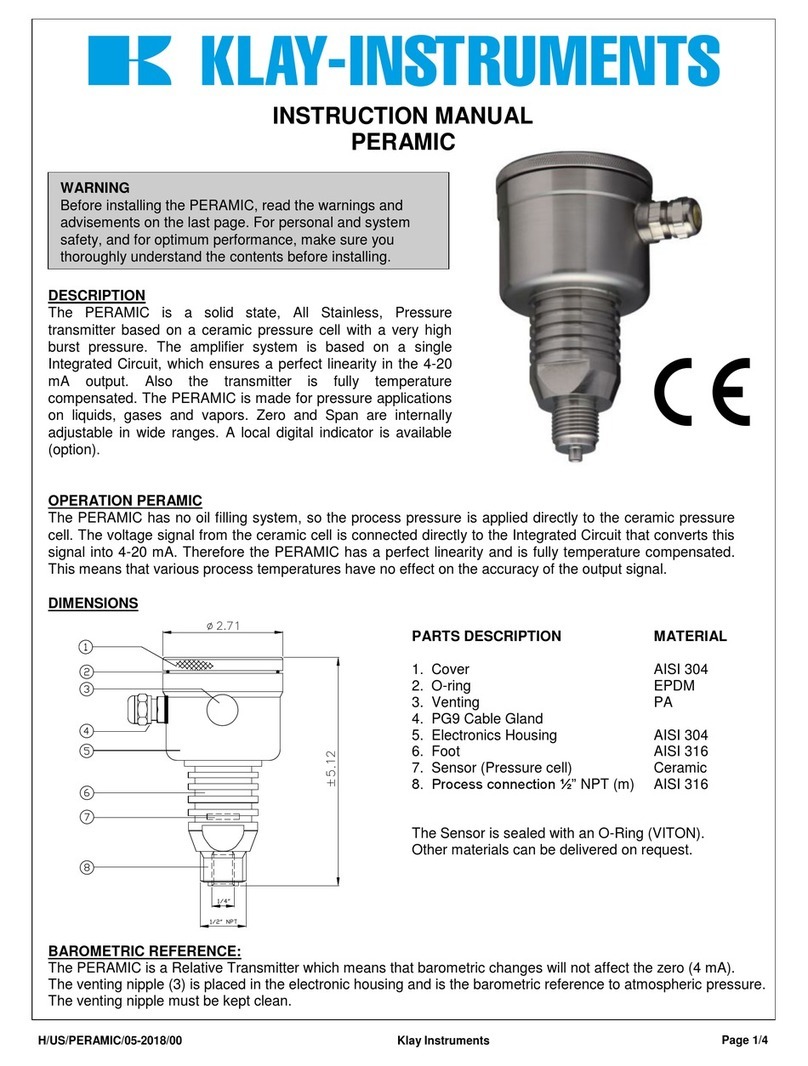
KLAY-INSTRUMENTS
KLAY-INSTRUMENTS PERAMIC User manual
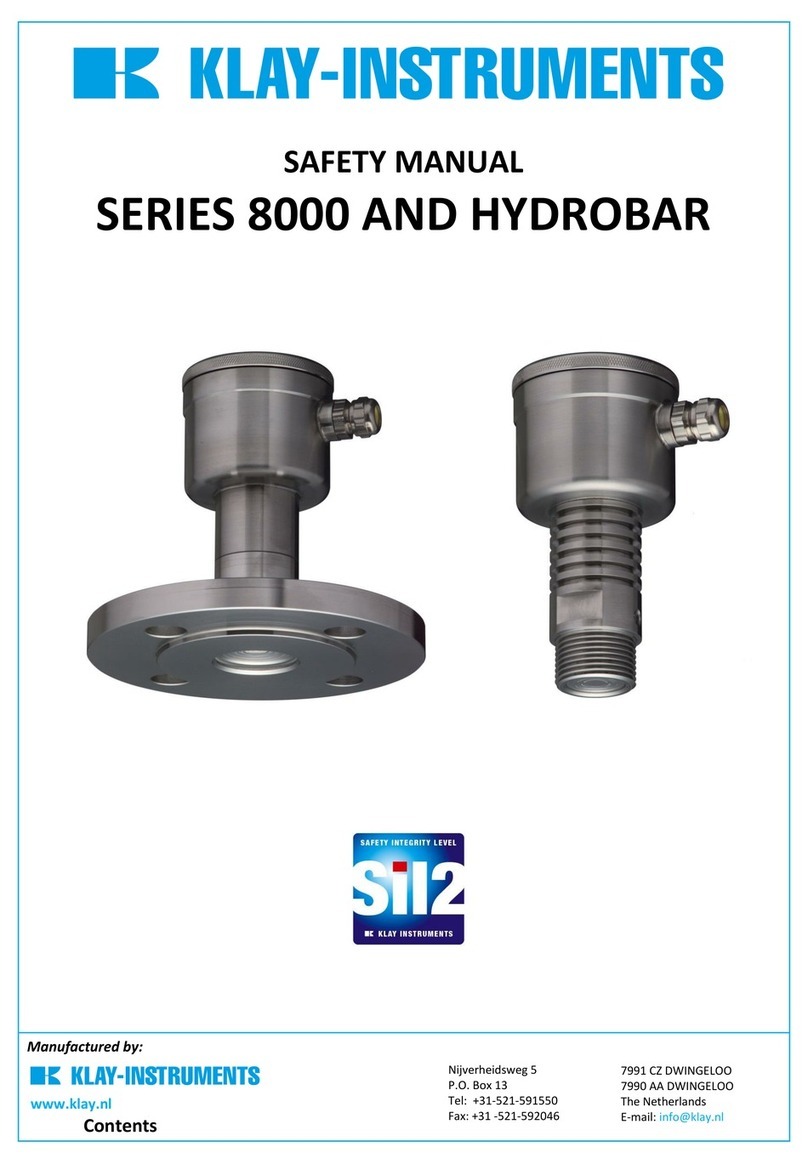
KLAY-INSTRUMENTS
KLAY-INSTRUMENTS 8000 Series User guide
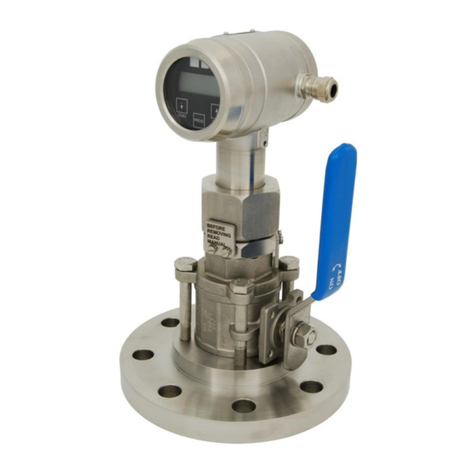
KLAY-INSTRUMENTS
KLAY-INSTRUMENTS 2000-VALVE-RANGE Series User manual
Popular Transmitter manuals by other brands

Geo
Geo Web Pack quick start guide

Inovonics
Inovonics EchoStream EN1210W installation instructions

IKONNIK
IKONNIK KA-6 quick start guide

Rohde & Schwarz
Rohde & Schwarz SR8000 Series System manual

Audio Technica
Audio Technica UniPak ATW-T93 Installation and operation

NIVELCO
NIVELCO EasyTREK SCA-300 Series Programming manual
